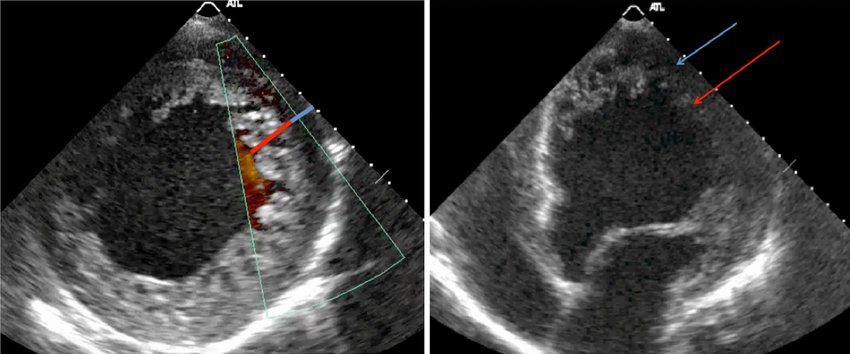
Understanding the Heart Behind the Diagnosis
Left Ventricular Non-Compaction Cardiomyopathy (LVNC) is a rare congenital heart condition that affects the left ventricle, the chamber responsible for pumping oxygenated blood to the body. During fetal development, the heart typically undergoes a process called compaction, where the walls of the ventricles become smooth, muscular, and efficient. In LVNC, this compaction process is incomplete. Instead, the heart muscle remains non-compacted, leaving behind deep grooves called trabeculations, which give the inner surface of the heart a spongy appearance. This can impact the heart’s ejection fraction—the percentage of blood the heart pumps out with each beat—and may lead to symptoms like fatigue, palpitations, shortness of breath, and even heart failure in more severe cases.
What makes LVNC difficult to manage is that it doesn’t always follow the rules. Some people show no symptoms, while others may require medications, devices like an ICD (Implantable Cardioverter Defibrillator), or even a heart transplant. Diagnosis isn’t always clear-cut either. One cardiologist might detect LVNC through echocardiography, another might rely on cardiac MRI, and both may interpret the same heart very differently. At Nexus Heart Foundation, we’re dedicated to clarifying this confusion. Through accessible language and research-backed knowledge, we aim to help patients, families, and curious minds understand what this diagnosis really means—without needing a medical degree.
Some common terms when discussing LVNC include:
Left Ventricle – The main pumping chamber of the heart, responsible for sending oxygen-rich blood to the body.
Non-compaction – Incomplete development of the heart muscle, leaving it sponge-like.
Trabeculations – Mesh-like grooves or ridges in the heart wall, often exaggerated in LVNC.
Ejection Fraction (EF) – A measure (in %) of how much blood the heart pumps with each beat. Normal is usually 50%–70%.
Cardiac MRI – A type of heart scan that offers high-detail imaging, useful in diagnosing structural problems.
Echocardiography – An ultrasound of the heart that checks for movement, size, and shape.
Heart Failure – A condition where the heart can’t pump blood efficiently.
Palpitations – Feeling of irregular or unusually strong heartbeats.
ICD (Implantable Cardioverter Defibrillator) – A device placed in the chest to monitor and correct life-threatening heart rhythms.
Genetic Mutation – A change in DNA that may affect how the heart develops or functions.
Familiarization is the first step to better understanding LVNC. We also encourage you and your family to access any necessary resources during the road to recovery.
Explore these trusted publications and studies to deepen your understanding:
Towbin JA et al. (2019). Left Ventricular Noncompaction Cardiomyopathy: A Scientific Statement From the American Heart Association. Circulation
Petersen SE et al. (2005). Left Ventricular Non-Compaction: Insights from Cardiovascular Magnetic Resonance Imaging. Journal of the American College of Cardiology
Oechslin EN et al. (2000). Long-term follow-up of 34 adults with isolated LVNC. Journal of the American College of Cardiology
Klaassen S et al. (2008). Mutations in sarcomere protein genes in LVNC. Circulation

